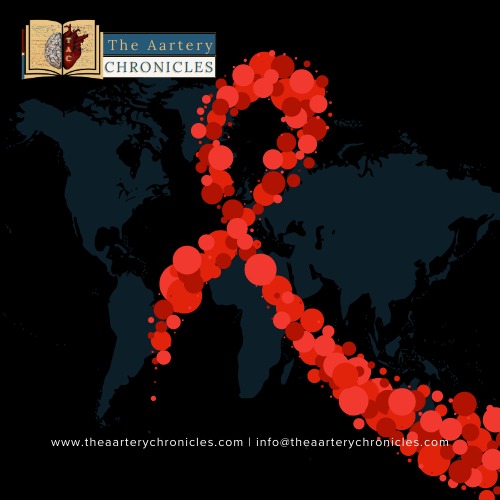

Understanding Diethylstilbestrol (DES): History, Mechanism, Risks, and Implications
Abstract
Diethylstilbestrol (DES) is a synthetic estrogen that was widely prescribed in the USA between 1938 and 1971. Initially used to prevent miscarriages and complications during pregnancy, DES was later found to be ineffective for these purposes. It also found application in contraception, addressing symptoms during menopause and after ovariectomy, as well as for senile (atrophic) vaginitis and vulvar dystrophy, stopping lactation, and managing prostate cancer in aging men. However, due to associated health risks, its use significantly declined, and in 1971, the FDA withdrew its approval.
History
Approximately 5 to 10 million individuals received in-utero doses of Diethylstilbesterol during pregnancy from the years the 1940s to 1970s. Despite its initial use for preventing pregnancy complications, it was later determined to be inefficient. DES was also employed as a growth promoter in animals. In 1971, the U.S. Food and Drug Administration cautioned against administering DES to pregnant women. Despite this, DES persisted in use across several European countries until the early 1980s.
After a while, some experimental studies have proven that Diethylstilboestrol is a teratogen and a carcinogen. It has been banned in many countries since 1979 because of its potential health risks. Conditions such as gynecomastia and precocious pseudopuberty were detected in children exposed to DES at an early stage.
Mechanism of Action
Diethylstilbestrol, a non-steroidal supplement, stimulates estrogen synthesis, targeting cells in the female reproductive tract, pituitary, and mammary gland. This leads to downstream effects, including increased synthesis of sex hormone-binding globulin (SHBG) and thyroid-binding globulin (TBG), suppressing follicle-stimulating hormone (FSH). The combination of estrogen with progestin subdues the hypothalamic-pituitary system, which in turn decreases the synthesis of gonadotropin-releasing hormone (GnRH).
Health Risks
Various human studies have shown adverse health issues caused due to early in-utero exposure to DES, such as uterus and cervix anomalies, infertility, preterm delivery, spontaneous abortion, and stillbirth. Some studies also mention CAA of the vagina and cervix. It has been found that DES daughters are more prone to genital abnormalities than DES sons. The most common abnormalities found in males include hypoplasia of the penis, cryptorchidism, and lower sperm count
DES is known to be a xenoestrogen linked to an enhanced risk of developing breast cancer in pregnant women. It is seen that the risk of fatal breast cancer increases over time. DES daughters are 40 times more likely to develop adenocarcinoma of the genital tract than women who are not exposed to the drug. DES is now believed to be an endocrine disruptor that has the potential to cause infertility, breast cancer, and other health outcomes.
Ban and Multi-generational Effects
Due to its potential health risks, DES was withdrawn from the market in 1971. In the late 2000s, it was discovered that the grandchildren of women exposed to DES also suffered health issues, including cancer. DES exposures have also been associated with the detection of epigenetic alterations, intergenerational effects, neurodevelopmental alterations, cardiovascular, and pancreatic disorders, socio-sexual behavior, and immune disorders.
Conclusion
In the aforementioned view, research must continue to explore and regulate the impacts of DES. Education about the potential cancer risks for DES grand or great-grandchildren is crucial, and gynecologists should consider family medical history, especially if patients are unaware of DES exposure. While DES is no longer in use, its impact persists, emphasizing the importance of awareness and vigilance regarding potential health outcomes associated with historical exposure.

Sanika Pande
- Medicine
- Nutrition And Diet
Lorem ipsum dolor sit amet, consectetur adipiscing elit. Ut elit tellus, luctus nec ullamcorper mattis, pulvinar dapibus leo.












